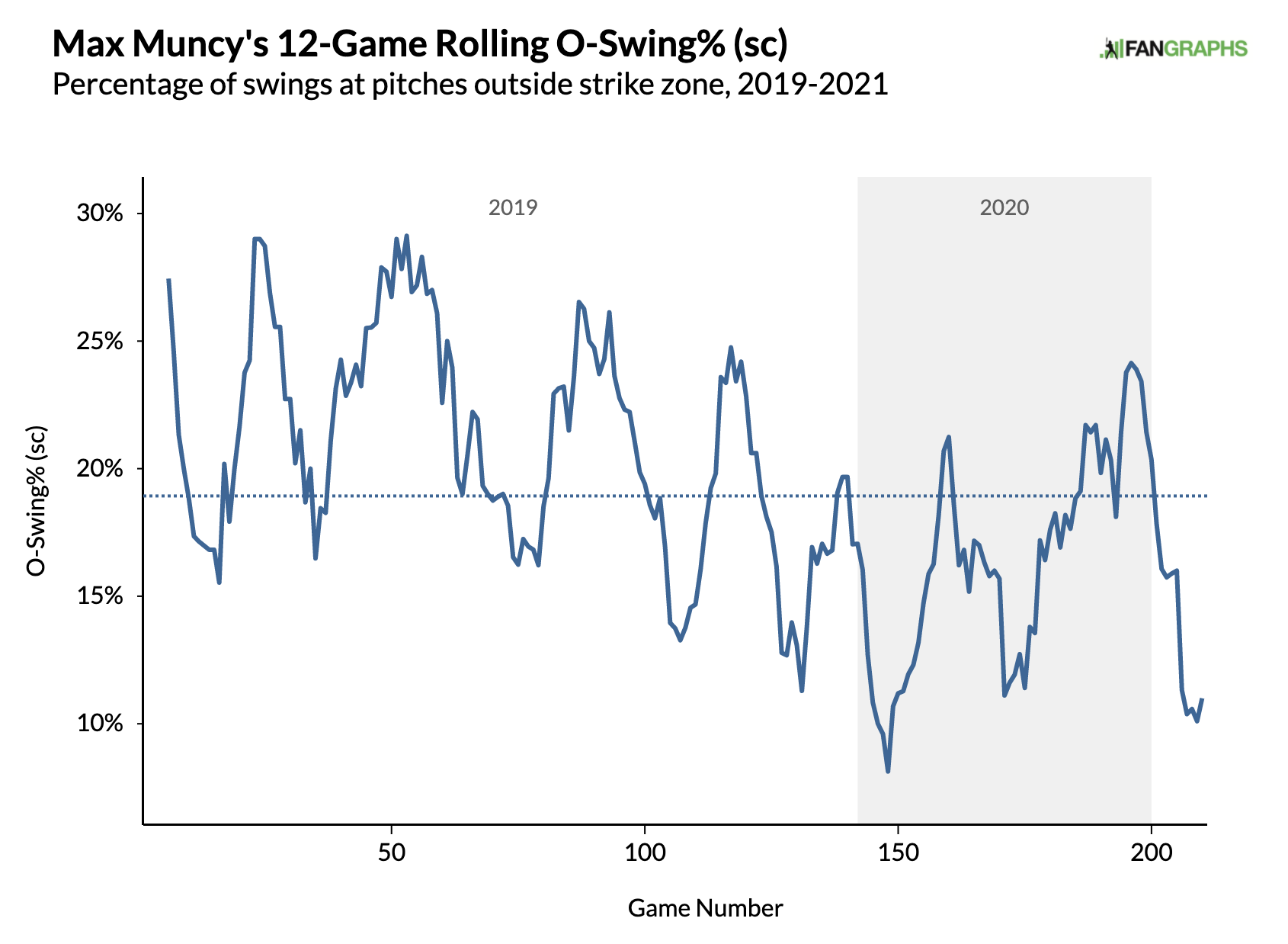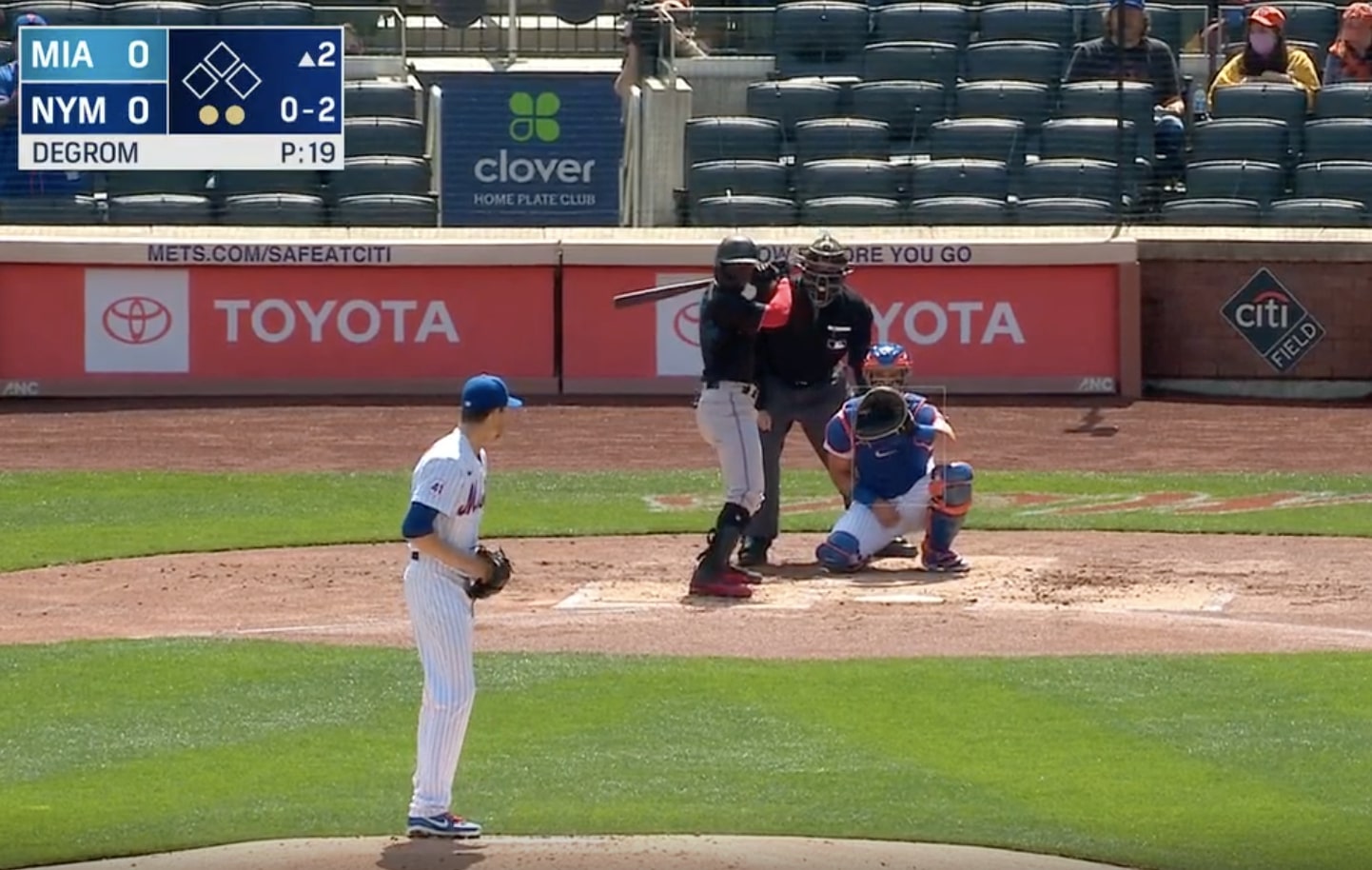Michael Wacha and All the Small Things
The Rays aren’t a mess at the moment, but at 9-8, they aren’t great, either. For an explanation, look no further than their starting rotation. Chris Archer is on the Injured List with a right forearm strain, Ryan Yarbrough has been BABIP’d to death, and veteran Rich Hill isn’t racking up strikeouts like he used to. Tyler Glasnow is doing, well, Glasnow things, but he alone can’t fix the Rays’ pitching woes.
It’s not as if the Rays are average by intent, though. They’d ideally have held onto Snell and Morton, but budgetary constraints led them to make odd transactions in hopes of remaining competitive. Trying to squeeze out one more quality year from Rich Hill? Definitely a Rays move. Bringing back Chris Archer? Ditto. So is signing… Michael Wacha?
One is unlike the others. There’s clear upside in Hill and Archer, but during the offseason, Wacha seemed like a run-of-the-mill option. He had a career-worst 6.62 ERA in 2020, and while his peripherals were better (a 5.25 FIP, a 4.30 xFIP, a 3.99 SIERA), they aren’t exactly admirable numbers. Yet, the Rays stuck with him. And after two rough starts, Wacha managed to shut out the Yankees over six frames with nine strikeouts last Friday.
Lucky? Maybe. The Yankees’ offense is struggling, after all. But the Michael Wacha of now is the result of a few refinements to his game. They aren’t as noticeable as Tyler Glasnow adding a slider, but they’re there, and I suppose someone needs to write about them. Read the rest of this entry »


